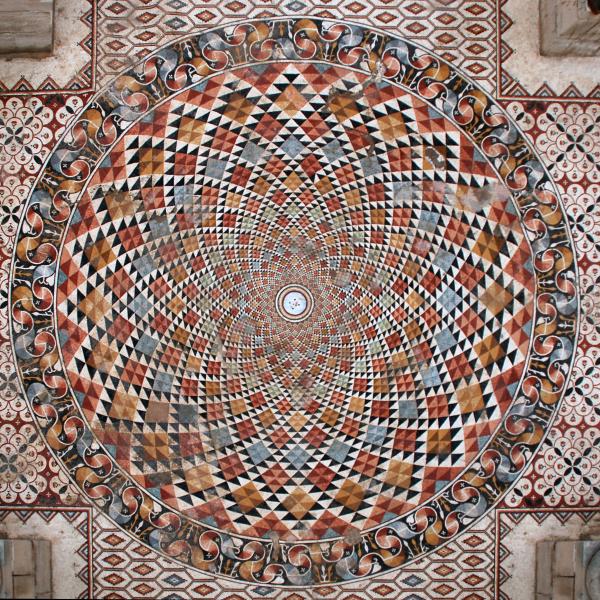
Ottoman Turkish is the academic name for the written language that originated and evolved in the Ottoman domains (from early fourteenth through early twentieth centuries). In the sources themselves the language is simply called Turkish and not ‘Ottoman’ – until the nineteenth century. In a broader sense "Ottoman Turkish" comprises all historical stages of Turkish, spoken and written in Anatolia and the Balkans from the late thirteenth century onwards.
Linguistically it belongs to the Western branch of the Turkic languages, and is a continuation of the Central Asian Oghuz dialect(s) spoken by the members of the Seljuk tribal confederation in northern Transoxania. Reflecting the close cultural association of the Oghuz Turks with the Persian Islamic world, Ottoman Turkish was written in the Arabic script. Since the Arabic script is rich in consonants but very restricted in showing vowels it does not unambigously represent the nine vowels of Ottoman Turkish – which constitues a challenge for learners of Ottoman Turkish and sometimes historical linguists.
Naturally, the Ottoman language changed over the course of 600 years in terms of spelling conventions, lexicon and grammatical structures. We find a varying degree of Arabo-Persian loanwords (from moderate to extensive) depending on the period and genre of a text. Mustafa Kemal (Atatürk)'s alphabet reform in 1928 which adopted the Latin alphabet marks the end of "Ottoman Turkish." During the language reform of the 1930s a good deal of Arab0-Persian loan words was deliberately replaced by (often newly created) Turkish words.
The Ottoman and Turkish Studies Program
The study of Ottoman has a long tradition at the University of Chicago. Eminent scholars of Ottoman history and Ottoman Turkish literature such as Halil İnalcık (1970s through 1980s), Günay Kut (1970s), and Robert Dankoff (late 1970s to 2006) have taught here. Currently our program for Ottoman Studies is the largest in the US.
Knowledge of at least two years of modern Turkish is required to study Ottoman, knowledge of Arabic and/or Persian is a great asset. First-year Ottoman Turkish offers an introduction to the usage of the Arabic script in Ottoman and relevant facts of Arabic and Persian grammar. Readings are in print, generally with examples from the 18th to early 20th centuries. Usually students get also a glimpse into 15th century handwriting in nesih style. After the first year, various specialized reading courses are offered by our faculty. Reading courses can also be arranged according to students' demands. Our students usually earn FLAS fellowships, and many use the fellowship for an Intensive Ottoman summer course at the ANAMED Center of Koç University in Istanbul. In the summer course students are introduced to a wider range of sources and to different calligraphic styles.
Students of Ottoman Turkish will be able to navigate a myriad of Ottoman sources to read depending on their interest. They can focus on early epic legends and hagiography, historical and political narratives, Sufi or court poetry, Islamic manuals and theological treatises, Sufi writing, socio-economic documents of the Ottoman administration, court registers, travelogues, late Ottoman newspapers and novels, and much more. Knowledge of Ottoman Turkish will also help students to access other historical literary Turkic languages like Chagatai.
Related Faculty

El verse safa fırsatı fevt eyleme bir dem | Dünya aŋa değmez ki cefasın çeke adem
If the opportunity to enjoy yourself presents itself don't waste a second! | The world is not worth suffering its cruelty
... don't miss the opportunity to study Ottoman!



